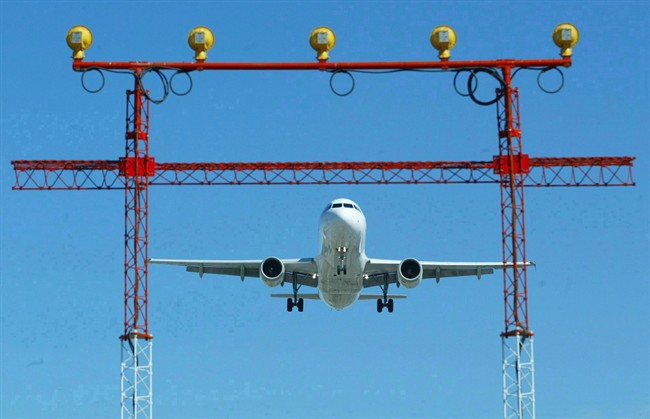Canada has expanded its visa and work permit requirements for several countries to include biometrics such as fingerprints and photos.

The new rules, which kicked in July 31, apply to all visitors from Europe, Africa and the Middle East who want to come to Canada via visitor visas, work or study permits, or to seek permanent residence.
READ MORE: Canadians ready to ditch passwords for facial, fingerprint recognition, survey finds
“Accurately establishing identity is an important part of immigration decisions and helps keep Canadians safe,” a statement from the Ministry of Immigration, Refugees and Citizenship Canada said.
Biometrics technology, used to help identify individuals by picking out their unique physical characteristics, has been used in Canada for similar purposes for several years, the statement noted.
WATCH: Canada has the world’s fifth most powerful passport, new ranking says

Canada has been fingerprinting and taking photos of asylum seekers since 1993. It has also required visitors from 30 visa-required countries to submit the information since 2013. The rules have also applied to refugee claimants for four years.
Many countries around the world, including the United Kingdom, United States, Australia and New Zealand, also already use biometric programs immigration purposes.
READ MORE: Here’s where Canada ranks on list of world’s most powerful passports
The technology, according to the federal government, will lower the risk of misidentification and make things quicker for travellers at the border.
The information will be used by the RCMP and checked against immigration and criminal records. Biometrics data will also be shared by Canada with U.K., U.S., Australia and New Zealand in “a manner that respects Canada’s privacy laws,” the government’s website reads.
How it works
Visitors to Canada who need to submit photos and fingerprints for visa purposes can do so at biometrics collection service locations, such as visa application centres, around the world.
They can check online for nearby locations and contact the individual application centre to book an appointment.
Several new application centres, which are privately owned, are being opened in Europe, Africa and the Middle East to accommodate the new rules.
Repeat travellers to Canada only need to submit the information every 10 years.
WATCH: Australian man detained at U.S.-Canada border for overstaying visa by 90 minutes

Who doesn’t need to submit biometrics?
Several visitors to Canada still don’t need to submit biometrics.
The broadened requirements exclude U.S. nationals who apply for work or study permits, travellers above the age of 79 and children under 14.
READ MORE: Canada’s list of risky travel spots
Those who are coming as tourists from visa-exempt countries, and have valid electronic travel authorization, also don’t need to submit biometrics.
U.S. visa holders who are travelling through Canada are exempt, as well as government leaders, cabinet ministers, and accredited diplomats coming to Canada on official business.
Refugee claimants and temporary resident applicants who have already submitted biometrics as part of another application, and are now applying for another permit, also do not need to resubmit.




Comments